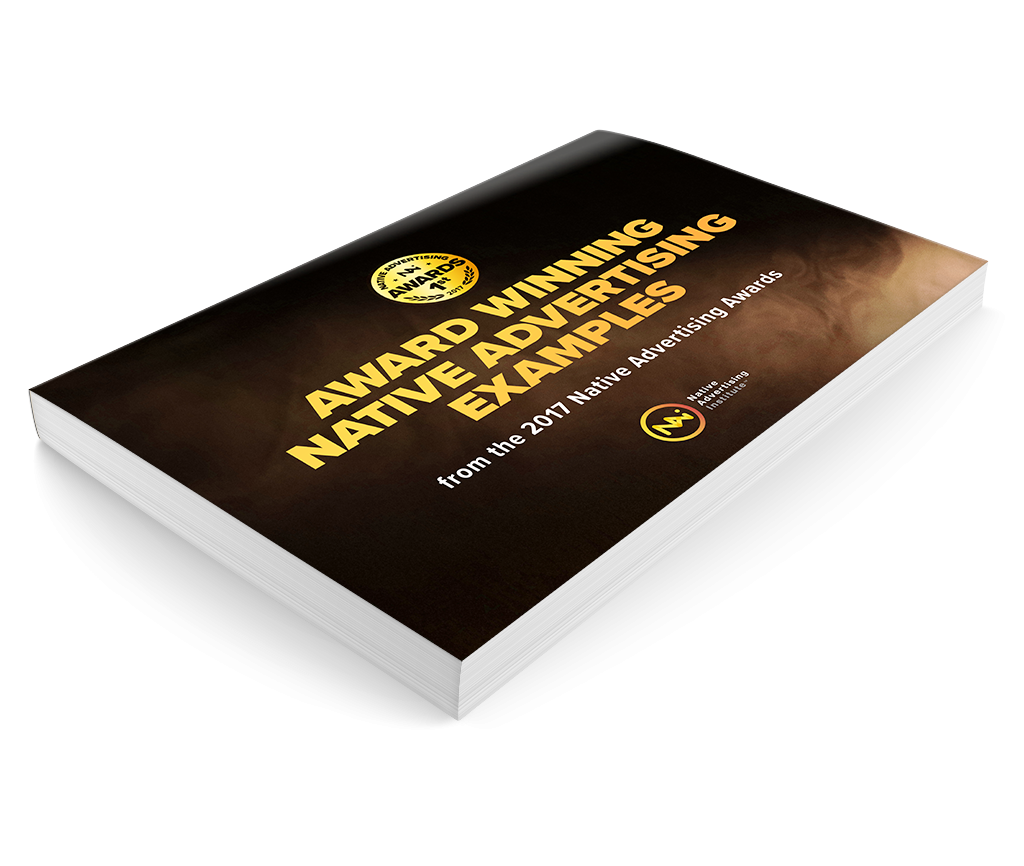 Details
Details

By Daniel Cooke
Scriptwriter & Creative, Pebble Studios
London, UK
Connect
For the virtual reality experiment to succeed in the long run, it will necessarily come to rely on advertising in some crucial way. Until recently, what form this would take has remained uncertain.
However, with Verterbrea’s recent introduction of an SDK that allows virtual reality developers to add branded placements into their experiences - the future of advertising in VR and AR is surely native.
In-game advertising
The first implementations of this type of native advertising appeared as in-game advertising, with demographic-relevant adverts being placed realistically on billboards and stands inside the gaming worlds.
![in-game Ad. Image 1[2]](https://www.brandmovers.dk/hubfs/Imported_Blog_Media/in-game-Ad_-Image-12.png)
In-game advertising was something of a revelation, as it could be highly targeted without being overly obtrusive to the gaming experience. If the billboard would exist inside the world anyway, why not fill it with a real advert rather than an invented one?
As this technology begins to extend into the realm of virtual and augmented reality, and we see the steady rise of in-VR advertising, the range of ways in which developers can get creative with native advertising in VR has suddenly grown exponentially.
Just imagine it. From a virtual magazine on a virtual coffee table to a virtual aeroplane banner in the sky, the scope for brand placement in this domain is limited only by the types of VR worlds that exist.
Immersive advertising
Every new virtual environment created will come with its own unique opportunities for native advertising. And, above and beyond in-game advertising, in-VR and in-AR advertising will offer new levels of immersion, especially as we look ahead to the virtual environments of the not too distant future.
Here’s a quick look at where the tech is currently at, with a Starbucks ad created using Apple’s AR Kit:
With the continued development of haptic technologies, which offer users increased agility and dexterity when exploring virtual environments, a product placement will no longer just be the image of a product being interacted with on a screen, it will be something (depending on what it is) that can be touched, handled or even used. This will be advertising like never before. And for certain products common to certain environments, this level of immersion with a product will deliver impact like never before.
RELATED: How to Decide When Virtual Reality Is Right for Native Ads
The key aspects of native advertising in VR
Personalisation
Getting native advertising right in VR / AR (/ MR as it becomes more established) will be all about matching an immersive experience to the specific audience that will inhabit that world. As the tech advances, this willpersonalizationwo key areas, personalisation and story.
Rooted in audience understanding, the task will be to match tone, style and story to demographic preferences that will offer users the perfect experience with the product in question, producing the largest impact from the experience from a marketing point of view.
Down the line, as the tech advances, you will be able to sculpt native VR advertising experiences to the specifications of individual consumers. The information attached to the person wearing the headset (think browser cookies) will allow for incorporated advertising and product placements that are dictated by that person’s interests and likes. Quite a scary thought (think Minority Report) but it will be no different to the current state of advertising online, and will create a more enjoyable experience overall for the user who will be interacting with things of interest and potential worth to their real lives.
Storytelling
As VR / AR / MR develop and realise their potential, the ways in which stories are told in these formats will grow unrecognisable from what we’re used to today.
The key distinction is between linear narrative and experiential. Two areas where these technologies are comfortable. Currently, linear tropes remain strong, yet experiential will come to dominate as new ways to tell stories are discovered.
Native advertising’s place within these stories will play a huge role and has unlimited scope for brands to explore.
RELATED: How AI and New Technologies Will Push the Limits of Native Advertising
Working hand in hand with content developers, brands will be able to anticipate the needs of users to curate experiences with their products that are plot-pivotal or truly sensational.
Either way, the potential to be memorable in this domain is huge. With each brand having unique scope to create bespoke experience for consumers. Get the balance right, and they will forever associate this augmented experience with the product in question, taking them back to the memory, and the product, time and time again.
In some form, this WILL be the future of advertising, and there’s really no limit to how fun and engaging it can be. As for now, we’ll just have to wait to see who’s up for the challenge of getting in early to test the boundaries of these potentially limitless advertising tools.
Be inspired – download ‘Award Winning Native Advertising Examples’
